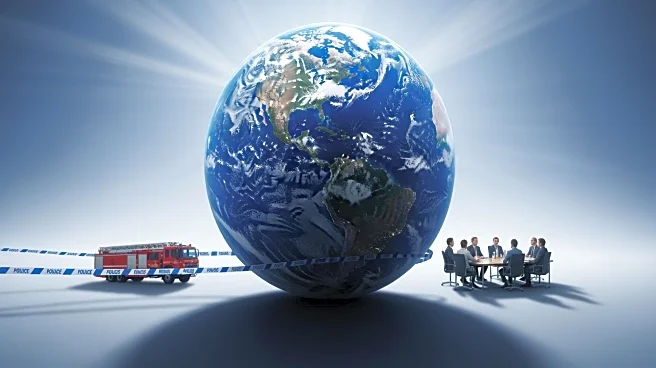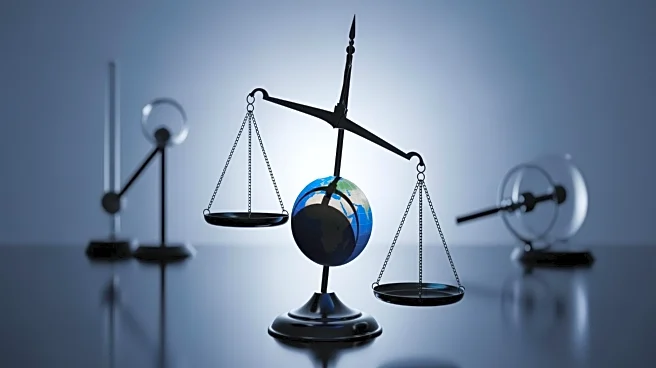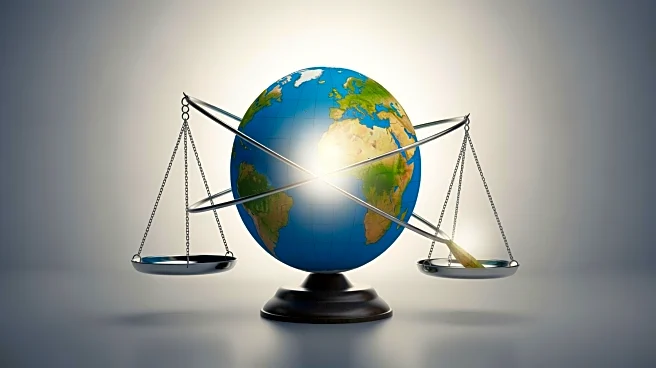What's Happening?
Recent studies have raised concerns about the use of stratospheric aerosol injections (SAI) as a method to combat climate change. SAI involves dispersing tiny particles in the atmosphere to reflect sunlight away from Earth, theoretically cooling the planet.
However, researchers from Columbia University have highlighted the potential risks associated with this approach. The success of SAI depends on various factors, including the timing, quantity, altitude, and latitude of particle release. Mismanagement could disrupt tropical monsoons and global air circulation, leading to unintended consequences. The study emphasizes that SAI could be more complex and unpredictable than previously thought, with potential negative impacts such as acid rain and soil contamination.
Why It's Important?
The implications of SAI are significant for global climate policy and environmental management. While the technique offers a potential solution to mitigate climate change, the risks associated with its implementation could outweigh the benefits. Disruptions to weather patterns and ecosystems could have far-reaching effects on agriculture, water resources, and biodiversity. The study serves as a cautionary tale, urging policymakers to consider the broader environmental and societal impacts before pursuing geoengineering solutions. The complexity and unpredictability of SAI highlight the need for comprehensive research and international cooperation to address climate change effectively.
What's Next?
The study suggests that further research is needed to understand the full range of potential outcomes associated with SAI. Policymakers and scientists must collaborate to develop guidelines and regulations for geoengineering practices. International discussions and agreements may be necessary to ensure coordinated efforts and prevent unilateral actions that could have global repercussions. The focus should remain on reducing greenhouse gas emissions and exploring sustainable alternatives to address climate change.
Beyond the Headlines
The ethical and legal dimensions of geoengineering are critical considerations. The potential for unintended consequences raises questions about accountability and governance. The study underscores the importance of transparent decision-making processes and public engagement in climate policy. Long-term shifts in environmental management and technological innovation could be triggered by the exploration of geoengineering solutions.














